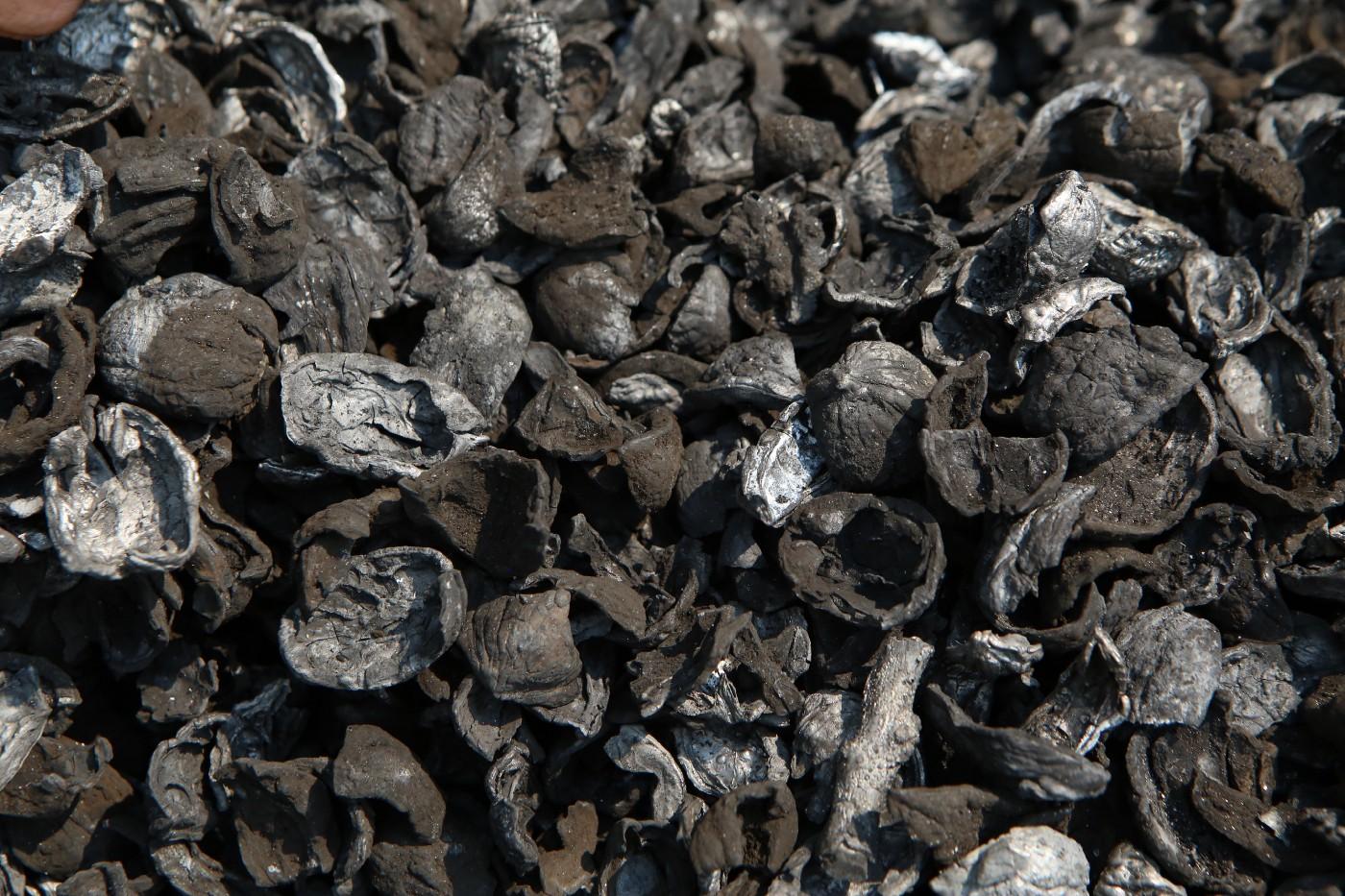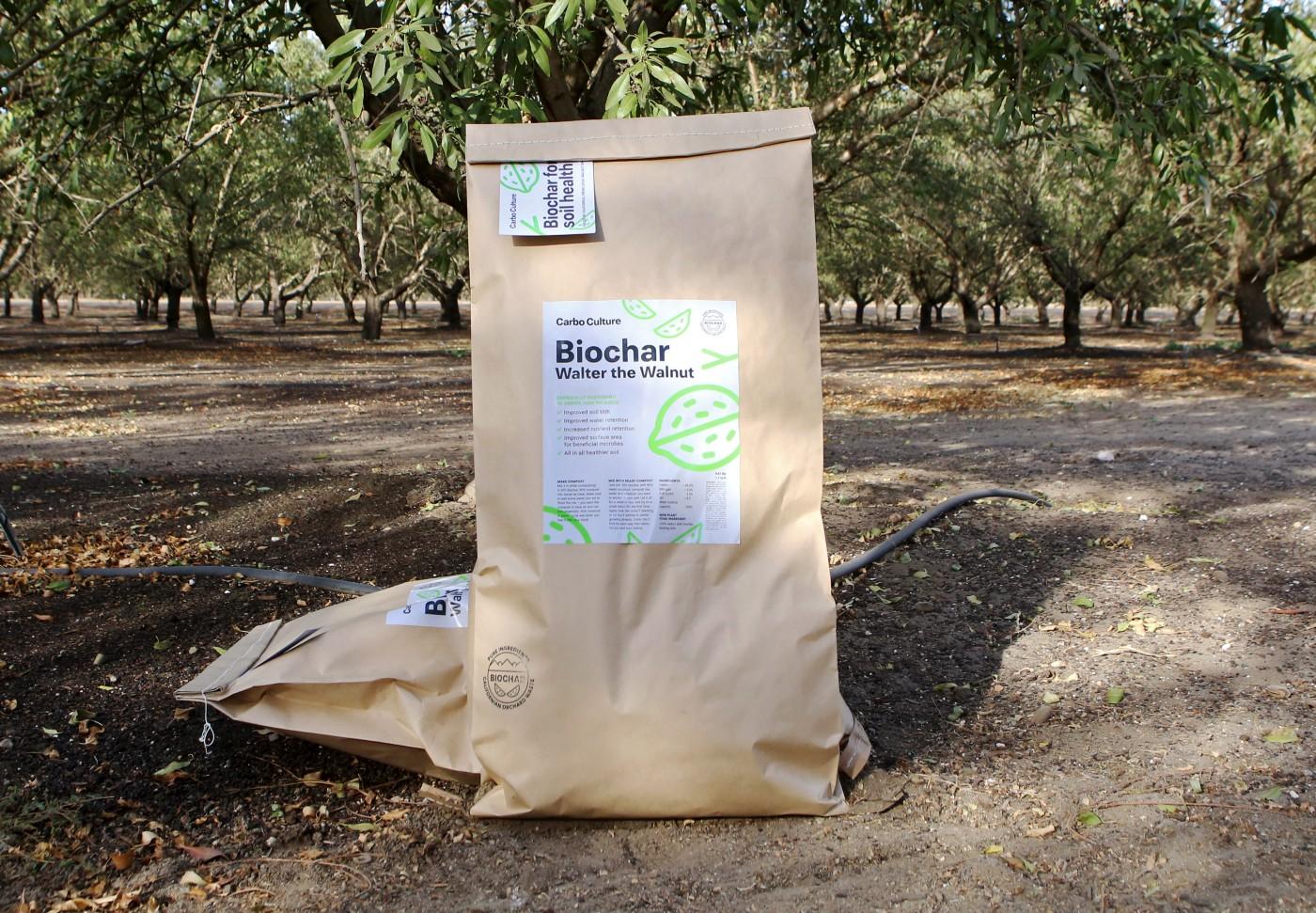Sign up for daily news updates from CleanTechnica on email. Or follow us on Google News!
Millions of tons of organic waste from agriculture and forestry operations are left to rot or get burned each year. Either way, the embedded carbon goes straight into the atmosphere, where it contributes to more global heating. If those same waste products were converted into biochar, they could sequester some of that carbon for years or even decades.
I came across an article about biochar in Grist recently and realized I really didn’t know much about it. So I contacted Jock Gill, who lives in Peacham, Vermont, and is deeply committed to any and all methods of reducing the amount of carbon dioxide humans add to the atmosphere. Jock is the one who got me interested in the Peacham Community Solar project we told our readers about last month.
US Biochar Initiative
Not surprisingly, he is also involved with the biochar movement and immediately put me in touch with Tom Miles, the executive director of the US Biochar Initiative in Portland, Oregon. Its website is an excellent resource for those who want to know more about biochar.
In an email, Tom Miles told me, “Biochar production today ranges from small scale at a few lb per day to 50 tons — 300 cubic yards — per day. New production is being planned for 70-140 tons per day.
“Uses range from retail gardens to landscaping, turf and trees, community gardens, municipal stormwater, small to medium farms with high value crops, environmental applications and building products. Large scale farms will probably adopt biochar when biochar-based products to solve specific problems are available in large quantities.
“Biochar accounts for 50% of the carbon and 20% of the mass of the biomass you start with. The other 50% of the carbon is available as condensable liquids (vinegars and oils), and non-condensable gases (carbon monoxide, hydrogen). We have limited markets for the liquid products today. In today’s market you need to use renewable energy to justify production, which is a barrier to building industrial scale facilities.”
Down The Rabbit Hole

Image courtesy of Carbonculture
When I first contacted Jock Gill, he warned me that biochar is a very deep rabbit hole, and he was so right. While putting this story together, I had 11 tabs open on my computer. Here’s what I learned.
Biochar is made by heating organic waste in a reduced oxygen environment, which can be as simple as covering a fire with dirt — a process used by Aztek people — or as complex as using an expensive retort. The later becomes largely self-heating, as the syngas created inside can be captured and used to supply fuel for the process. For maximum environmental benefits, the process should be heated using electricity from renewable sources.
Biochar Basics
There is a common misconception that biochar is one thing. It is not. It can be made from a variety of organic waste products and heated from as little at 300º F to as much as 1400º F. The combination of source material and temperature results in a dizzying array of final products ranging from a fine ash to large chunks.
All organic materials contain carbon. The pyrolysis process turns some of that carbon into a lattice-like structure that is so stable, it can last for years or even decades. The size of the lattice varies depending on the source and the heating process, so it’s important to know what its intended use is before using it.
In general, biochar helps the soil retain water and nutrients. It is also provides a place for microbes to grow. It can help capture pollutants like heavy metals and filter stormwater to keep those pollutants out of rivers and aquifers.
Perhaps the most important benefit of biochar is that it converts about 50% of the carbon in organic waste into a stable compound that stays locked in the soil. Typically, 90% or more of that carbon ends up in the atmosphere as it decomposes or is burned.
That makes biochar a simple and inexpensive way to capture carbon and lock it away for generations or even centuries. That, in turn, has attracted the interest of corporations who are interested in purchasing carbon credits to offset their own emissions. The demand for credits may provide a revenue stream that will allow the use of biochar to expand beyond its niche status today.
800 Coal Plants
According to Grist, the amount of biochar being produced in the United States today — about 100,000 metric tons — is tiny compared to the amount needed to sequester carbon in a globally significant way. By one estimate, biochar could offset up to three gigatons of carbon dioxide each year by 2050, which would be equivalent to shutting down 800 coal-fired generating stations. To get to that level would require a dramatic increase in biochar production worldwide.
Part of the challenge is that biochar is not commonly used by American farmers. It’s neither a fertilizer nor a pesticide, and it doesn’t supercharge crop production. “It’s not something that’s likely to double yield,” Milton McGiffen, a cooperative extension specialist and agricultural researcher at the University of California, Riverside told Grist. But it does have clear benefits, particularly when added to soils that have a lot of sand or clay and struggle to hold onto water and nutrients.

Another challenge is that not all biochar is the same. How it’s made and how it’s applied to the soil can affect how it works, said Rachel Seman-Varner, a soil scientist at the American Farmland Trust. “Biochar started to be promoted as a single solution and a silver bullet, and it’s much more nuanced than that. A lot of people are trying to shift toward understanding that biochar is a class of products.” To learn more about biochar, the USDA website has a wealth of information
Researchers at the U.S. Department of Agriculture are putting together a national database to help farmers choose from the many different types of biochar and connect them with local producers, and Congress is weighing legislation with bipartisan support — the Biochar Research Network Act — that would increase funding for similar research.
The Takeaway
Biochar isn’t sexy. But it is an effective way to sequester carbon for long periods of time and much less complicated that shooting sulfur dioxide into the ionosphere to block some of the sun’s energy or direct air capture technology that may remove some carbon dioxide, but then has no idea how keep it from escaping back into the atmosphere.
Groups like USDA and USBI are spreading the good news about biochar. It’s no magic bullet for the environment, but in combination with a range of other technologies, it could help relieve some of the effects of an overheating planet. We are going to need every tool we can find to do that successfully.
Have a tip for CleanTechnica? Want to advertise? Want to suggest a guest for our CleanTech Talk podcast? Contact us here.
EV Obsession Daily!
I don’t like paywalls. You don’t like paywalls. Who likes paywalls? Here at CleanTechnica, we implemented a limited paywall for a while, but it always felt wrong — and it was always tough to decide what we should put behind there. In theory, your most exclusive and best content goes behind a paywall. But then fewer people read it!! So, we’ve decided to completely nix paywalls here at CleanTechnica. But…
Thank you!
Tesla Sales in 2023, 2024, and 2030
CleanTechnica uses affiliate links. See our policy here.




